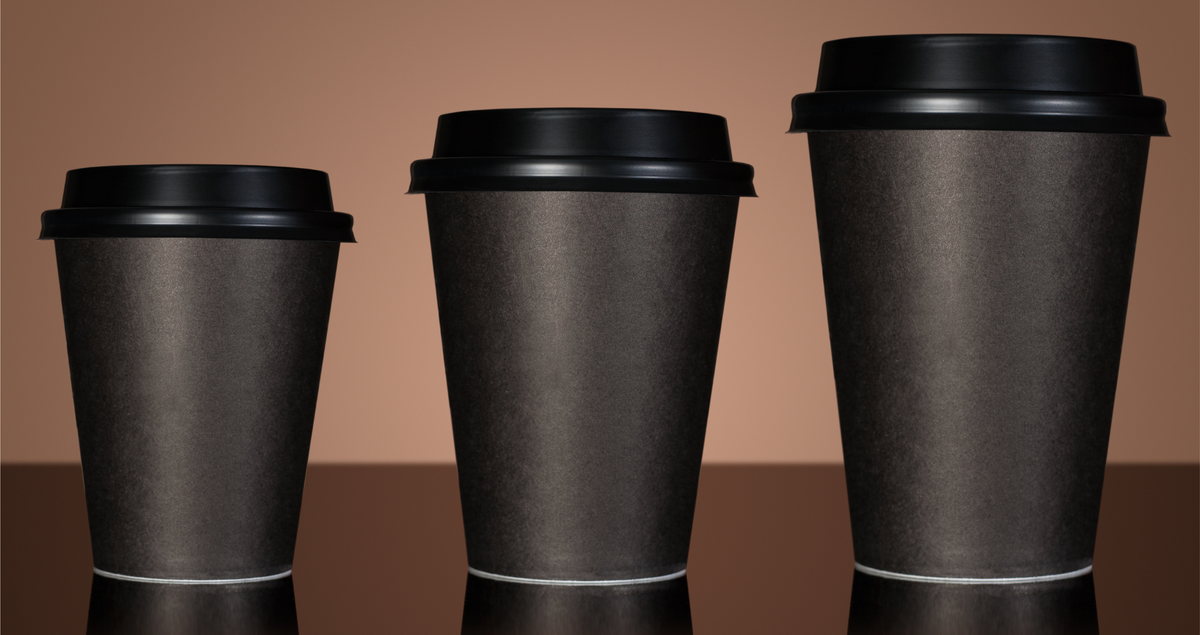
How the decoy
effect can be
used in your
favour for your
business
There's a good chance you've seen these types of options quite often. Companies cleverly use multiple options of approximately the same product to ultimately boost the average order value. In this article, we explain how providing three price options works and how you can implement it for your business using several examples.
How does it work?
Your customers like to feel that they can make a choice. Consider how often this trick is applied to you: Small - medium - large, beginner - experienced - professional, or personal - standard - business.
It is no coincidence that you come across these types of pricing strategies. If you only offer one choice, a customer has the opportunity to choose between: "Yes, I'll buy it" or "No, never mind". When giving multiple options, your cognitive brain starts to work. All at once, you no longer have two options to choose from, but there are four options a consumer can consider: Cheapest option, middle option, most expensive option, and, No, I'm not interested after all. Numerous studies show that giving options increases the chance of a purchase.
The decoy effect for your business
It's also no coincidence that 3 options are often offered. Offering 3 options is known as the decoy effect; here you offer a third option that is less attractive (the decoy). Here too, clever use is made of the cognitive brain, where you can guide potential customers in a certain direction. Let's show how it works using these examples:
A Price Strategy for Personal Trainers
Currently, a personal trainer offers two options to his customers:
Option 1 - (€100,-): 4 training sessions per month
Option 2 - (€180,-): 8 training sessions per month
Adding a decoy option changes the situation drastically:
Option 1 - (€100,-) : 4 training sessions per month
Option 2 - (€150,-) : 6 training sessions per month
Option 3 - (€180,-) : 8 training sessions per month
The third option suddenly looks a lot more attractive this way. For an extra 30 euros, you suddenly have two extra training sessions. There's a good chance this personal trainer will sell option 3 much more often.
The decoy effect explained for hairdressers
In the beauty industry, things work a bit differently. After all, you can't sell half a haircut. Yet the decoy effect can also be used here.
Basic treatment: Haircut (25,-)
Luxury treatment: Wash and haircut (29,-)
Full Spa treatment: Wash, head massage, and haircut (45,-)
In this example, most consumers are likely to choose the second option. After all, it's only four euros more expensive to go for the luxury treatment.

Selling bigger pizzas
Restaurants can also use the decoy effect. In this example, we use a pizzeria. A pizzeria currently sells three sizes of pizza. We challenge you to guess which pizza will sell the most.
Small pizza margherita 11,-
Medium pizza margherita 13,50
Pizza margherita XL 19,-
Well chosen! The medium pizza now looks like a bargain!
Using the decoy effect for your business
To fine-tune your pricing strategy, we advise you to consider the following points:
- Determine which version of your product you prefer to sell. Think about the highest profit margin or the average time you spend per product.
- Position your decoy option: The decoy should be priced close to your ideal product but should look less attractive. This automatically makes your desired version of the product look more attractive.
- Experiment with your pricing strategy. You may not achieve the desired result in one go based on your current pricing strategy. Therefore, evaluate the result that you have achieved and improve where necessary..!
Create your own page in 3 simple steps
Find your profession
Choose from over 200 example businesses.
Get started
Click around to see how Vev works.
Customize your page
Add photos, descriptions and set your pricing.
